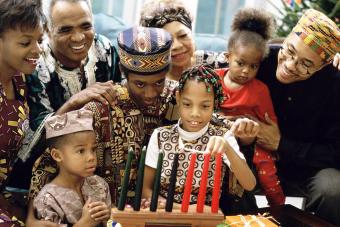
Picture books on antonyms and synonyms come in handy when you want to teach grammar. Desiring to present the information in a new and exciting way, picture books featuring rules of grammar are often funny and quirky with the added bonus of driving the point home.
Picture Books on Antonyms and Synonyms
Using picture books on antonyms and synonyms is a great way to introduce and talk about grammar and the English language without making it boring or tedious. On top of that, using picture books to discuss the finer points of the English language makes the lesson more memorable by allowing a child to attach pictures and a story line to various concepts.
Antonyms, Synonyms and Homonyms
Antonyms, Synonyms and Homonyms by Kim Rayevsky, is a delightful instructional story about an alien who pulls some pretty clever tricks that just happen to illustrate the meaning of Antonyms, Synonyms and Homonyms.
If You Were an Antonym
If You Were an Antonym by Nancy Loewen is a straightforward introduction to synonyms and antonyms. The illustrator cleverly illustrates as the author introduces common pairs of opposites such as big and small or early and late.
Big, Small, Little Red Ball
Big, Small, Little Red Ball by Emma Dodd, could be considered an introduction to antonyms for your littlest of book lovers. The book has interactive tabs so the children are involved in the story by helping the main character 'find' his little red ball.
Antonyms and Synonyms for Kids
Understand the concept of antonyms and synonyms is not difficult. Most kids grasp the idea easily, even if they don't remember what they're called. As children get older, you may want to invest in a good Thesaurus like the My First Thesaurus. Doing so will only serve to increase a child's vocabulary and reading comprehension.







